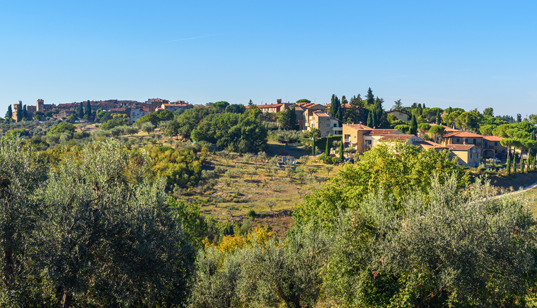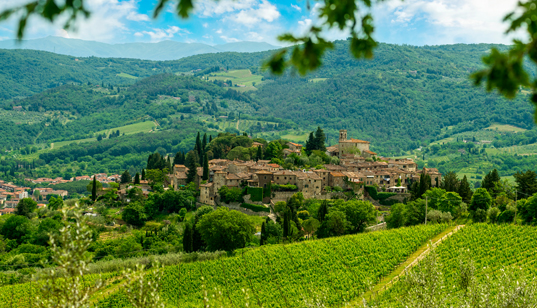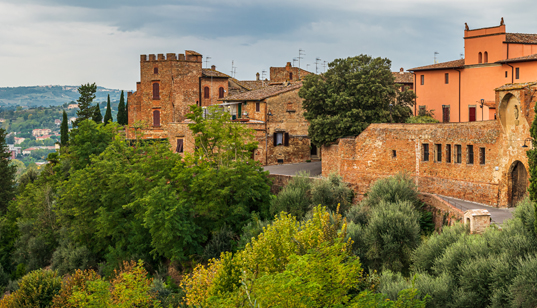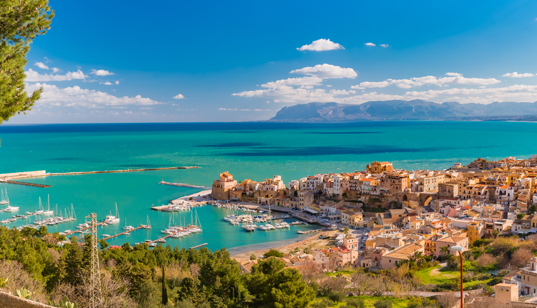On the northern Sicilian coastline, at the foot of a rocky outcrop alongside the sea, stands Cefalù, an ancient medieval village that counts among Italy's most beautiful and best preserved. Its charm is such that it has managed to maintain its unique atmosphere despite the thousands of tourists that visit each year.
This is thanks to its sober yet elegant medieval historical centre, which welcomes you with its winding alleyways paved with stones from the beach and limestone from Cefalù's nearby rocky outcrop. A stroll amongst ancient houses, little shops and a plethora of restaurants transports visitors to a timeless place. One of the village's unmissable treats is undoubtedly the medieval wash house you encounter as you walk along via Vittorio Emanuele: on reaching the bottom of the lava stone steps there's a series of small square basins that the village's women used to use to do their washing.
Ancient legend has it that the water that runs in the wash houses is very pure since it comes from the tears of a nymph who's full of regret after killing her unfaithful lover.
But the axis around which the entire village revolves is the cathedral, a UNESCO World Heritage Site since 2015, which looks out across the sea on one side and faces the squat rocky outcrop on the other. An edifice so large it barely fits into a single field of view, austere in form yet magnificent for the warm golden colour of its walls and the beautiful mosaics it contains within. Perhaps even Roger II, in 1131, was charmed by Cefalù's beauty since he decided to build such an imposing church here rather than in Palermo, the capital of his reign. The cathedral is an unmistakable example of a Norman temple, influenced by Byzantine art and constructed by architects and builders from the Islamic world: a marvellous fusion between three cultures.
A cultural pluralism that can only be explained through the villagers' relationship with the sea: here you can feel its breath, smell its scent and sense it opening towards infinite horizons. Aside from the allure of its medieval centre, Cefalù also boasts one of Sicily's most stunning beaches with white sand, crystal clear waters and a breathtaking view of the village.
Local cuisine, traditional dishes, interesting facts
When it comes to gastronomic delights, Sicily never disappoints. And Cefalù is no exception, thanks to its gastronomic tradition rich in flavour and genuine certified products such as PDO olive oil, DOC wine, pasta from the so-called “granary of Sicily”, local cheeses and quality meats from animals that graze on the pastures of the Madonie Regional Natural Park. Although Cefalù has the scent of the sea, and of course it’s the sea which inspires most of its traditional dishes, the queen of local cuisine is “pasta ’a taianu”, pasta in the pan, with ragù sauce, meat and fried aubergines, a delicious blend of flavours and aromas which is traditionally enjoyed on the occasion of the patron celebrations for the Most Holy Saviour.
Where to eat enjoying a bottle
of Acqua San Benedetto
Ristorante Lo scoglio ubriaco, Cefalù
Ristorante Villa dei melograni, Cefalù
















